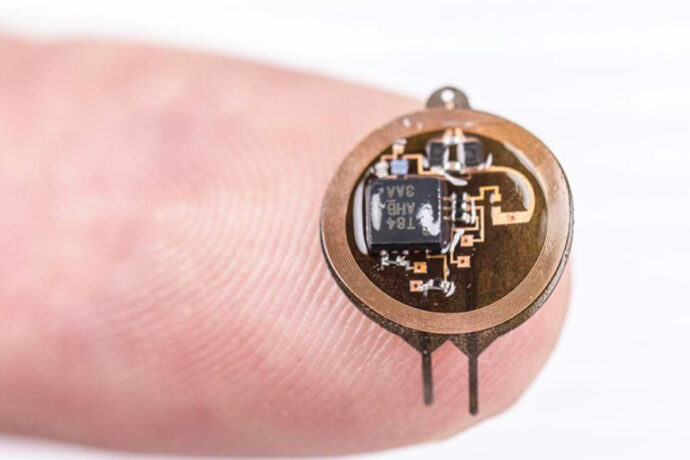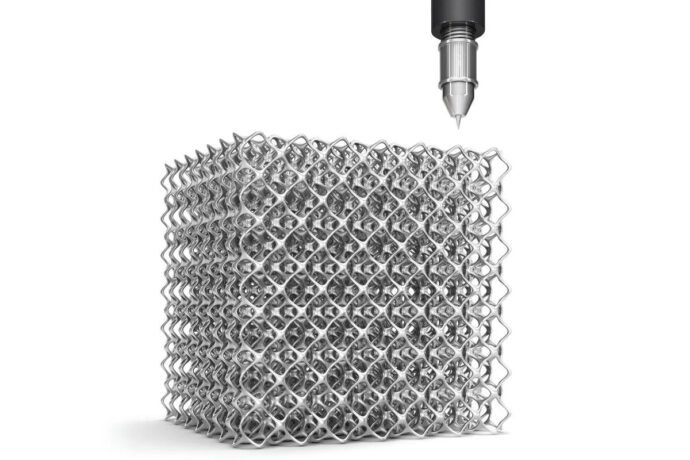
Understanding blood flow dynamics within the body is crucial for diagnosing and treating various health conditions. However, deep-seated blood vessels pose challenges for traditional imaging techniques. Caltech’s latest innovation, Photoacoustic Vector Tomography (PAVT), offers a breakthrough solution for noninvasive imaging of deep blood vessels and detailed analysis of blood flow dynamics.
1. Significance of Blood Flow Imaging:
Blood flow plays a critical role in numerous health conditions, including heart attacks, diabetes complications, tumor growth, and brain function assessment.
Traditional methods often require invasive procedures for examining deep blood vessels, making noninvasive imaging technologies highly desirable.
2. Introduction to PAVT Technology:
Developed by Caltech’s Lihong Wang and his team, PAVT utilizes photoacoustic imaging principles.
Laser light absorbed by hemoglobin in red blood cells induces ultrasonic vibrations, which are detected by sensors on the skin’s surface and processed by a computer to generate detailed images of blood vessels.
3. Breakthrough in Blood Flow Imaging:
Previous photoacoustic technologies focused on imaging vessel sizes, blood concentrations, and oxygen levels, but PAVT goes further by capturing blood flow direction and rate.
The integration of engineering and physiology in PAVT overcomes previous limitations, surprising even the researchers themselves.
4. Mechanism and Resolution of PAVT:
PAVT’s fine resolution allows it to detect signals from red blood cell distributions, enabling the measurement of flow speed and direction.
An algorithm tracks the motion of these distributions, similar to how traffic flow is monitored, providing real-time insights into blood flow dynamics.
5. Understanding Blood Flow Dynamics:
PAVT leverages the heterogenous distribution of red blood cells in veins, analogous to the mixing patterns observed at the confluence of rivers with different water qualities.
By distinguishing unmixed blood patches and tracking their motion, PAVT offers insights into oxygenation levels and metabolic activity, essential for assessing tissue health.
6. Potential Applications and Impact:
The ability of PAVT to noninvasively image deep blood vessels and assess blood flow dynamics opens doors for early disease detection and personalized treatment strategies.
Its integration into clinical settings could revolutionize patient care by providing real-time monitoring of organ health and treatment response.
Caltech’s PAVT technology represents a paradigm shift in noninvasive blood flow imaging, offering unprecedented insights into deep-seated blood vessels and their dynamics. With its potential to enhance diagnostic accuracy and treatment outcomes, PAVT holds immense promise for advancing healthcare and improving patient well-being in the future.



